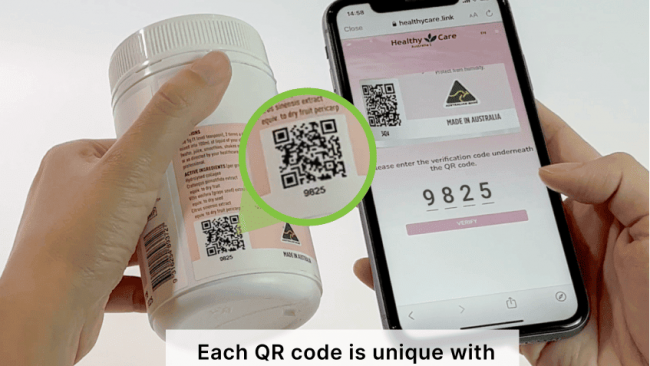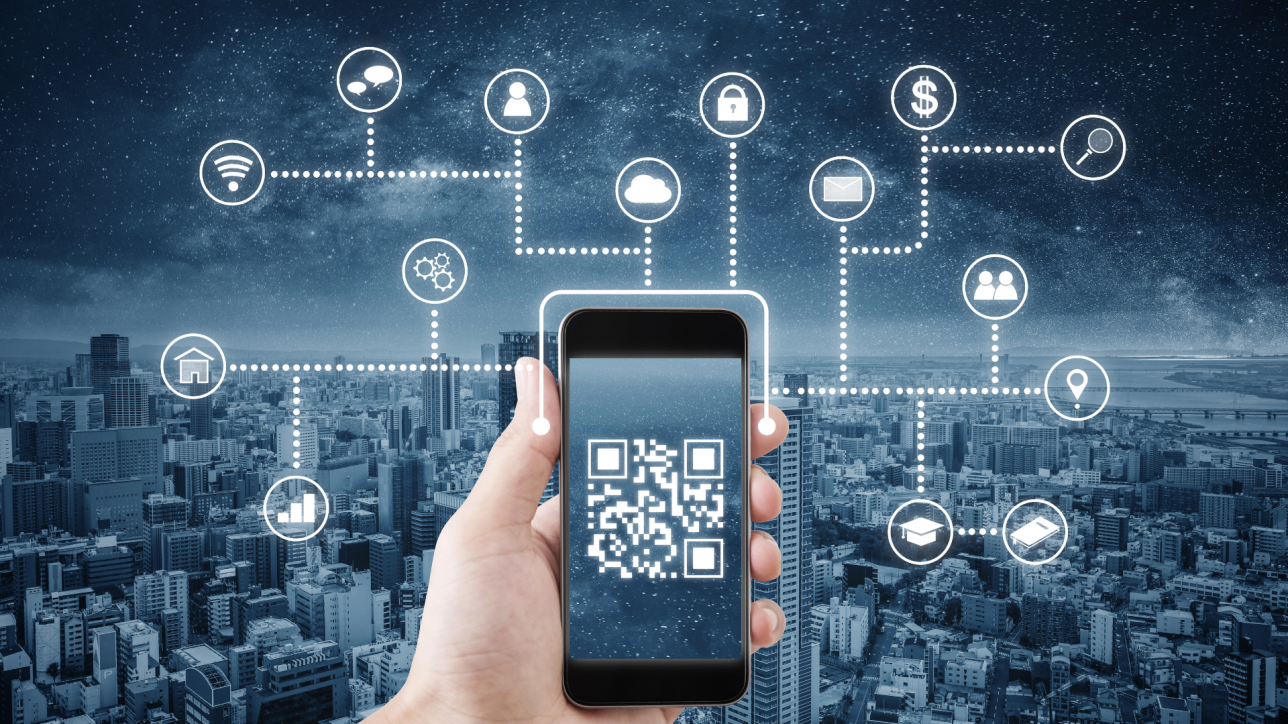The pursuit of understanding consumer behaviour has led to innovative strategies, and one powerful tool in this quest is the QR code. While often overlooked, QR codes have become a potent instrument in transforming invisible consumers into visible and engaged consumers.
Through the seamless integration of QR codes on products, businesses can unlock a myriad of possibilities in engaging and understanding their consumers. Imagine a scenario where a consumer walks into a store, and scans a QR code on a product label. This simple action triggers a journey:
- Access to Rich Information: QR codes empower consumers with immediate access to comprehensive product details, customer reviews, and additional content that aid in informed decision-making.
- Personalised Engagement: By linking QR codes to personalised landing pages or experiences, businesses can tailor content based on consumer preferences, gathering valuable insights in the process and even make content seasonally adjusted keeping packaging up to date for longer
- Feedback and Reviews: QR codes can lead consumers to platforms where they can leave reviews or feedback, enabling businesses to understand sentiments and refine their offerings.
So, How Do ProtectCode QR Codes Turn Invisible Consumers Visible?
When ProtectCode QR codes are strategically placed on products, they become a gateway to transforming invisible consumers into visible ones through the automatic collection of zero-party data, including location, date and time scans. Here’s how this process unfolds:
On-Product QR Codes and Zero-Party Data Collection
- Point-of-Interaction Data Capture: ProtectCode QR codes on products act as direct touchpoints for consumers. Each scan automatically captures location, date and time data, pinpointing where and when consumers engage with the product.
- Location-Based Context: Scanning a ProtectCode QR code on a product often occurs in various locations—retail stores, homes, or public spaces. Each location provides contextual insights into consumer behaviour, preferences, and potential usage scenarios.

Understanding Consumer Behaviour
- Real-Time Engagement Insights: Timestamped scans provide real-time data revealing when consumers engage with products. This information is valuable for pinpointing peak interaction times, optimising marketing strategies, and improving product placements. Consequently, this enhances the value of brand packaging by delivering a measurable return on investment, making packaging investments more impactful.
- Location-Driven Usage Patterns: Analysing location data derived from product ProtectCode QR code scans reveals usage patterns—whether consumers engage more in specific geographic regions, indicating regional preferences or market demand.
Personalised Experiences and Targeted Campaigns
- Tailored Content Delivery: Leveraging location and time-stamped data enables businesses to deliver customised content based on where and when consumers scan the ProtectCode QR code. This personalisation fosters stronger connections and enhances consumer experiences.
- Localised Offers and Promotions: Businesses can create location-specific promotions or offers triggered by ProtectCode QR code scans. For instance, providing discounts or exclusive content tailored to a particular region or store location.
Building Comprehensive Consumer Profiles
- Integrated Data for Profiling: Aggregating location and time data from product ProtectCode QR code scans with other first-party consumer information helps create comprehensive profiles. This amalgamation enhances understanding, segmenting consumers based on their behaviour in different locations or time frames.
- Behavioural Insights and Predictive Analysis: Combining location and time-stamped data with historical consumer behaviour enables predictive analysis. Businesses can anticipate future consumer actions and preferences based on past interactions with product QR codes.
Ethical Considerations and Privacy Safeguards
- Respecting Consumer Privacy: Ensuring transparent communication about data collection through ProtectCode QR code scans is crucial. Providing clear opt-ins, safeguarding consumer data, and adhering to privacy regulations maintain trust and credibility.
- Anonymised Data Handling: Safeguarding personally identifiable information and using aggregated, anonymised data when analysing location and time-stamped scans upholds consumer privacy while deriving valuable insights.
Crafting an Effective ProtectCode QR Code Strategy
- Clear Call-to-Action: Ensure the purpose of the ProtectCode QR code is explicit—whether it’s accessing information, receiving discounts, or providing feedback.
- Value-Added Content: Offer compelling content or incentives behind theProtectCode QR code to encourage engagement.
- Testing and Optimisation: Continually test and optimise ProtectCode QR code campaigns to maximise their effectiveness.
Examples of QR code success stories
- Coca-Cola’s Share a Coke Campaign
Coca-Cola’s “Share a Coke” campaign, spanning various countries worldwide, incorporated QR codes on its product labels. Each bottle featured a unique QR code leading consumers to a personalised microsite. This site allowed users to create custom virtual Coke bottles with their names or personalised messages. The campaign not only drove consumer engagement but also provided Coca-Cola with valuable data on consumer preferences and popular names. - L’Oréal’s Virtual Try-On Experience
L’Oréal, a leading beauty and cosmetics brand, introduced QR codes on their product packaging that directed consumers to a virtual try-on experience. These codes enabled customers to virtually test makeup products using augmented reality (AR) technology, allowing them to see how the product would look before making a purchase. This innovative use of QR codes increased consumer interaction and boosted confidence in purchasing L’Oréal products. - Nestlé’s Transparency with QR Codes
Nestlé utilised QR codes on its products to enhance transparency regarding sourcing and production processes. By scanning the QR codes on Nestlé’s coffee products, consumers gained access to information about the origins of the coffee beans, sustainability practices, and fair trade certifications. This initiative aimed to build trust and cater to the increasing consumer demand for ethically sourced products.
These success stories illustrate how QR codes have been employed innovatively to engage consumers, provide valuable information, gather feedback, and personalise experiences. They showcase the versatility of QR codes in transforming invisible consumers into active participants in brand experiences while enabling businesses to gain invaluable insights for strategic decision-making.
ProtectCode QR codes represent a pivotal tool in transforming invisible consumers into visible entities by fostering engagement, gathering insights, and tailoring experiences. Embracing ProtectCode QR codes as part of a comprehensive marketing strategy empowers businesses to not only illuminate the invisible but also forge stronger connections with their audience.
Contact us, or send me a message to learn more.

